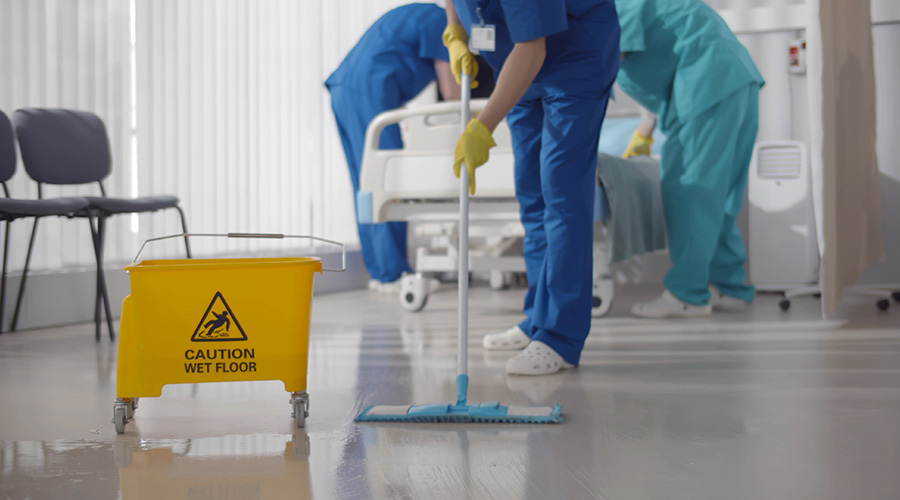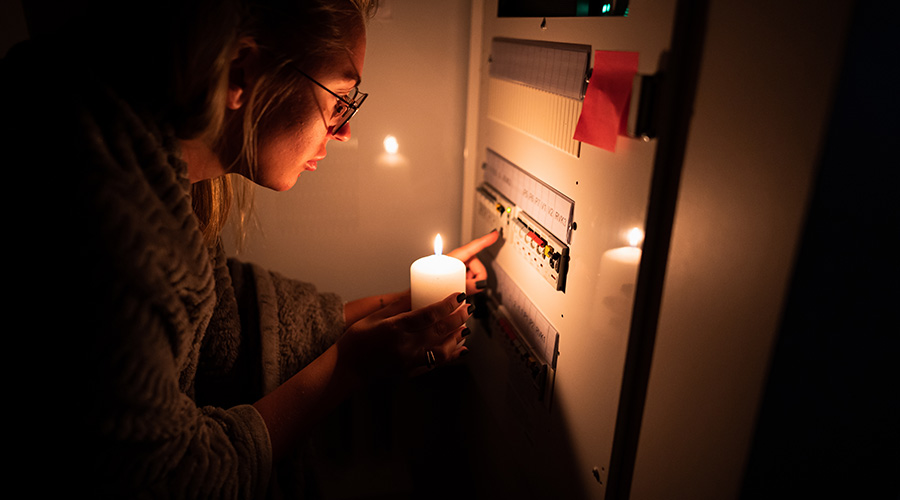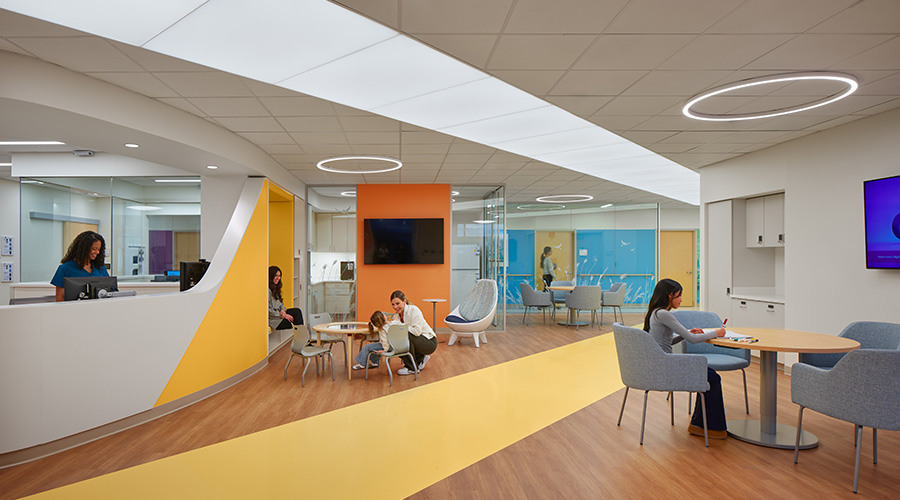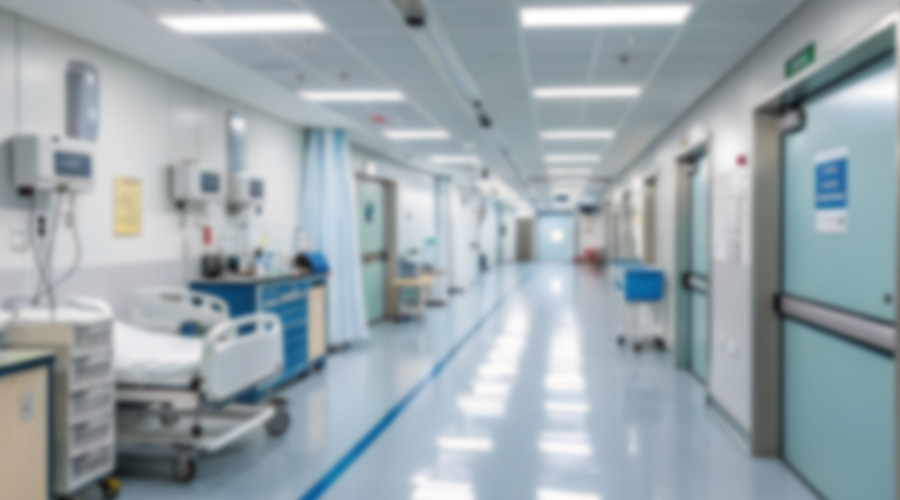Daylighting is the strategy of admitting light from the sun and sky to reduce use of electric lighting in buildings. Since lighting energy use represents 13 percent of the total primary energy used by buildings in the United States or 5.42 quadrillion Btus in 2010, these technologies can play a significant role towards meeting U.S. and state energy-efficiency and greenhouse gas emission reduction goals. Conventional windows cannot provide useful daylight beyond about one to one and a half times the head height of a window because interior shades, when lowered to control direct sun and glare, diminish daylight penetration.
Daylight technologies counter this problem, increasing illuminance deeper in the room from vertical clerestory windows by redirecting sunlight (and diffuse light) towards the ceiling plane. Lack of performance data has severely limited the uptake of these technologies into the marketplace and slowed innovation. Architects, engineers, and building owners are typically unwilling to take the risk of adopting emerging technologies without clear evidence that they perform well.
Lawrence Berkeley National Laboratory (Berkeley Lab) has been collaborating with the window industry to develop and evaluate innovative daylighting technologies that can reduce lighting energy use by as much as 50 percent up to 40 feet from windows. Since lighting is often the single largest energy use in commercial buildings, these technologies could make a significant contribution to reducing the nation’s energy use. Researchers in Berkeley Lab’s Environmental Energy Technologies Division (EETD) are using simulation tools (Radiance, Window, EnergyPlus, COMFEN) and new measurement facilities to accurately assess where and how much solar radiation and daylight flux can be effectively controlled by innovative new optical materials and systems as they are redirected into the building’s interior. Using these tools, calculations of energy use and visual discomfort can be done more accurately and in a fraction of the time needed in the past. As a result, industry partners can now determine how well new optical designs will work long before they invest a lot of time and resources into prototype fabrication and testing in the field.
“There’s a large potential to speed up the time to market and reduce the cost of development of new energy-efficient technologies through the use of these simulation tools,” says Andrew McNeil, Senior Scientific Engineering Associate in EETD.
Read the rest here: http://eetd.lbl.gov/news/article/56882/daylighting-window-film-shows-p

 Contaminants Under Foot: A Closer Look at Patient Room Floors
Contaminants Under Foot: A Closer Look at Patient Room Floors Power Outages Largely Driven by Extreme Weather Events
Power Outages Largely Driven by Extreme Weather Events Nemours Children's Health Opens New Moseley Foundation Institute Hospital
Nemours Children's Health Opens New Moseley Foundation Institute Hospital Code Compliance Isn't Enough for Healthcare Resilience
Code Compliance Isn't Enough for Healthcare Resilience Ribbon Cutting Marks First Phase Completion for New Montefiore Einstein Facility
Ribbon Cutting Marks First Phase Completion for New Montefiore Einstein Facility